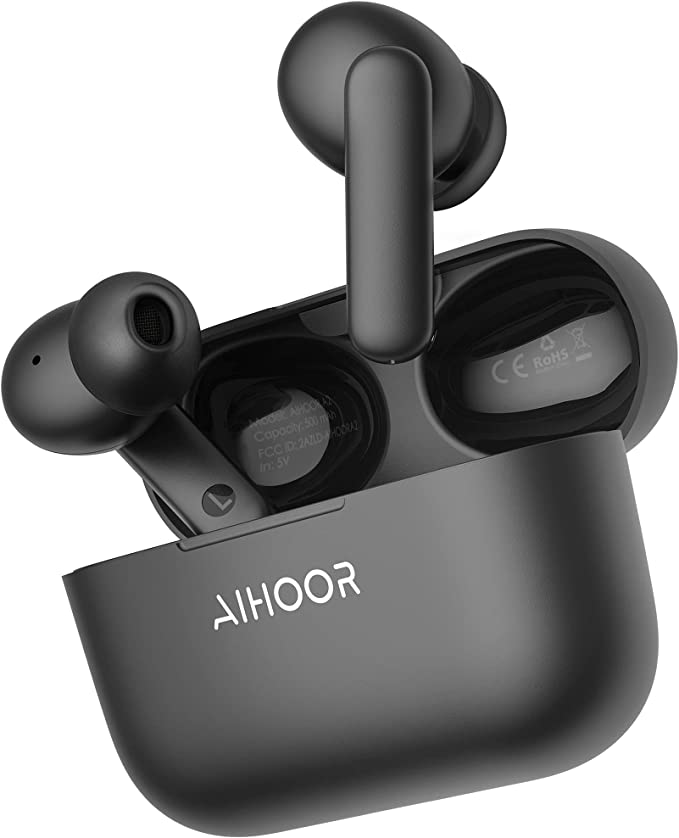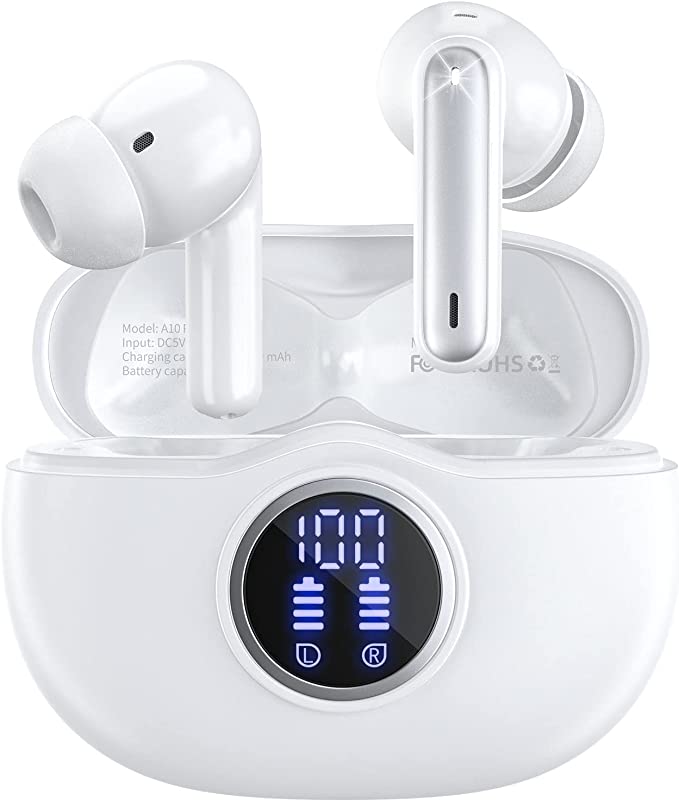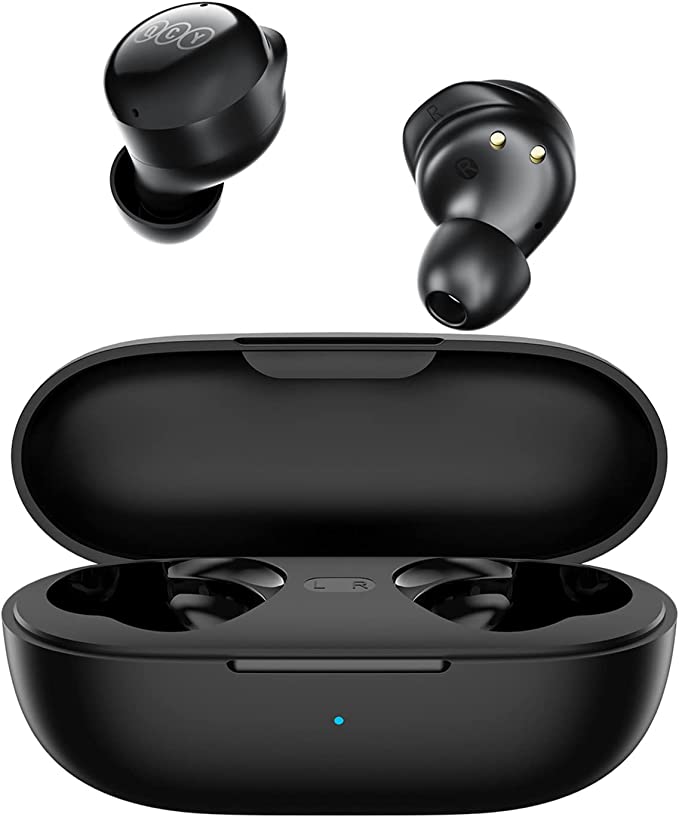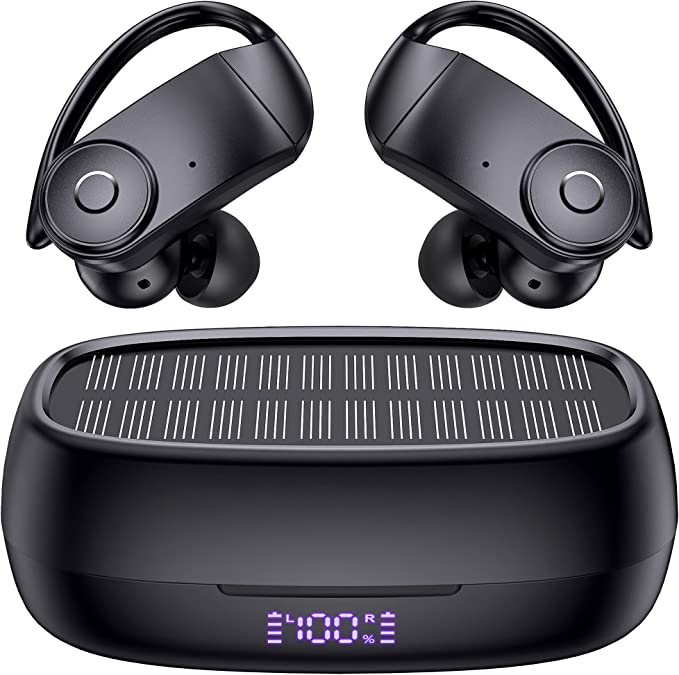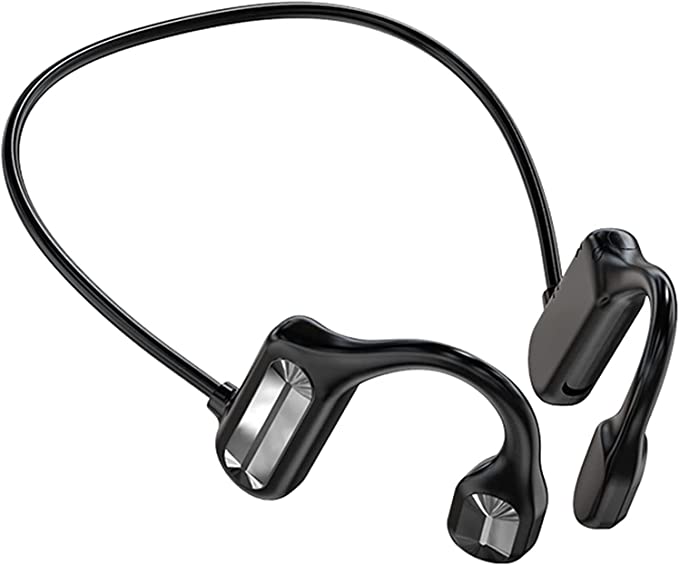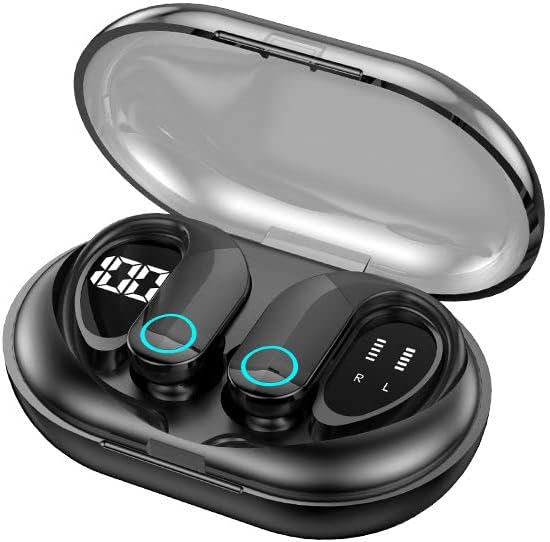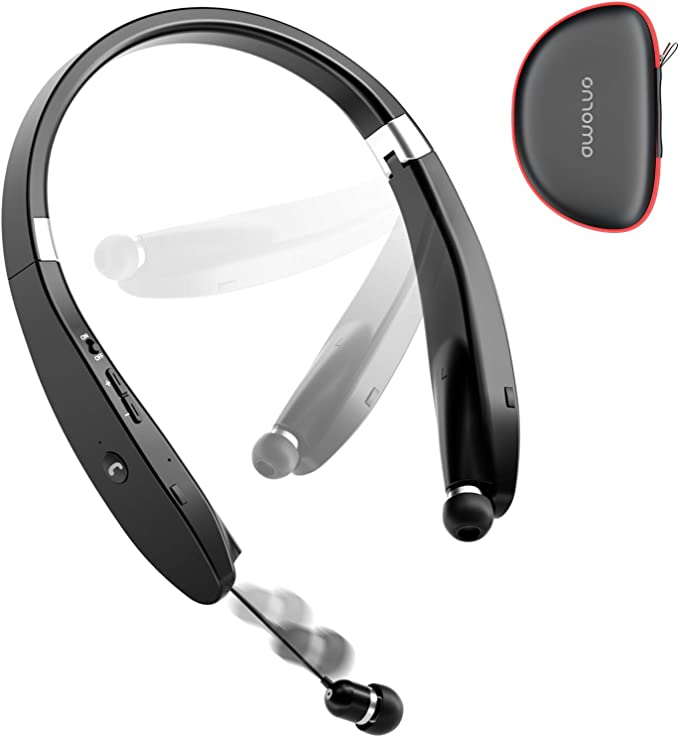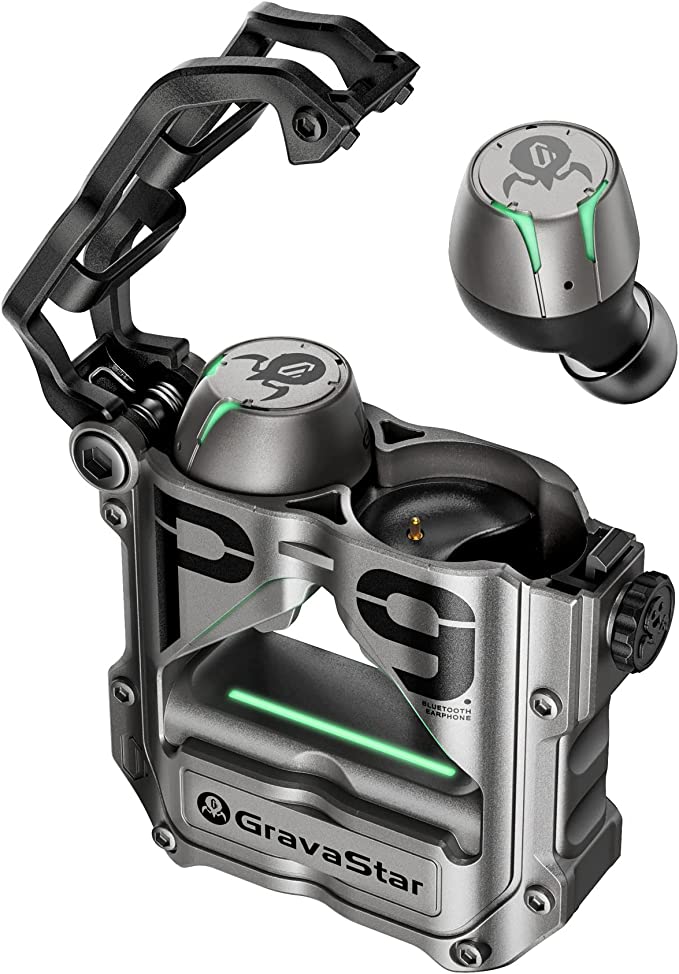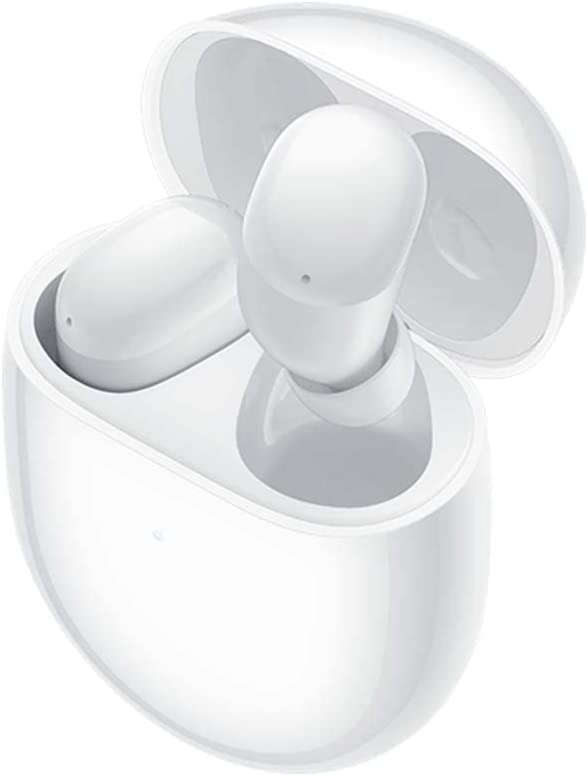The Art of the Live Remix: How Stems and Auto BPM Are Changing the DJ Game
Update on Nov. 14, 2025, 2:35 p.m.
The art of DJing has always been a dance between selection and manipulation. From the foundational breaks looped by hip-hop pioneers on twin turntables to the seamless long-form blends of house music, the goal remains the same: to create a singular, flowing journey from disparate musical sources. For decades, the core tools were two decks, a mixer, and the DJ’s trained ear. But a technological revolution is quietly reshaping this landscape, moving beyond simple mixing and into the realm of the live remix.
Two key innovations are at the heart of this shift: real-time Stem separation and intelligent BPM transition. These are not mere features; they represent a fundamental change in how a DJ can interact with music. They offer the ability to deconstruct a finished track into its core components and seamlessly weave together songs from entirely different musical worlds. To understand the impact of this evolution, we’ll explore these technologies through the lens of a controller built to master them: the Pioneer DJ DDJ-REV5. This isn’t just about a piece of hardware; it’s about a new creative workflow that is redefining what it means to be a DJ.
Deconstruction on the Fly: The Creative Power of Stems
For most of DJ history, a track was a single, unchangeable audio file. You could EQ it, filter it, and loop it, but you were fundamentally working with a finished product. Stem separation technology shatters that limitation. It uses sophisticated AI algorithms, trained on vast libraries of music, to split a track into its core musical elements in real-time. Depending on the software—Serato DJ Pro or rekordbox—these “Stems” typically consist of:
- Vocals: The isolated vocal track.
- Melody: Synths, guitars, pianos, and other lead instruments.
- Bass: The low-end bassline.
- Drums: The entire percussive track.
This simple act of division unlocks a universe of creative possibilities that were previously only available to studio producers. A DJ can now become a live remix artist. Imagine the potential: you can instantly create an acapella of a classic soul track and layer it over a modern house beat, or take the iconic bassline from a funk song and mix it under the melody of a pop hit. This is more than a mashup; it’s live, on-the-fly music production.

The challenge, however, has been making this powerful tool intuitive and performant. Clicking on-screen buttons with a mouse is clumsy and breaks the flow of a performance. This is where hardware integration becomes critical. Controllers like the DDJ-REV5 address this by providing dedicated, physical buttons for Stems control. This is a design choice that transforms Stems from a novelty into a playable instrument. With dedicated pads for Mute/Solo, Separate, and Level, a DJ can:
- Punch in acapellas with the same rhythmic precision as triggering a drum sample.
- Filter out a drum track leading into a breakdown with the push of a button.
- Use the EQ knobs to adjust the volume of individual Stems, effectively re-mixing the track’s balance in real-time.
This tactile, immediate control is what makes the technology truly viable in a live setting, allowing for a level of improvisation that was previously unthinkable.
Bridging Genres: The Magic of Auto BPM Transition
One of the most significant technical hurdles for any “open-format” DJ—one who plays a wide variety of genres—is mixing between tracks with vastly different tempos. Manually transitioning from a 128 BPM house track to a 95 BPM hip-hop song can be a long, often awkward process that risks killing the dance floor’s energy.
The Auto BPM Transition feature, a recent innovation exemplified on the DDJ-REV5, is a powerful solution to this age-old problem. It’s not simply a sync button on steroids. It’s an intelligent mixing assistant that automates the gradual tempo change. The DJ selects the length of the transition (in musical bars), and the controller’s software executes a perfectly smooth ramp-down or speed-up of the outgoing track to match the tempo of the incoming one.
The underlying technology, known as time-stretching, is a complex form of digital signal processing (DSP). It analyzes the audio in tiny segments and intelligently adds or removes microscopic gaps to alter the tempo without changing the song’s musical key (pitch). Doing this smoothly and without audible artifacts has long been a challenge. The fact that controllers can now execute this flawlessly with the press of a button frees up the DJ’s mental bandwidth to focus on what truly matters: creative track selection and ensuring the transition is harmonically and rhythmically pleasing. It allows for daring genre jumps that maintain a seamless flow, keeping the energy high and the audience engaged.

The Interface as an Instrument: Ergonomics and Performance
A controller’s layout is its user interface, and for a performance-oriented DJ, it needs to feel like an extension of their body. The DDJ-REV5 adopts a “scratch-style” layout that emulates the classic setup of two PLX Series turntables turned on their side (“battle style”) with a DJM-S Series mixer in the middle.
This is a deliberate ergonomic choice. Key features include:
- Horizontal Tempo Sliders: Positioned at the top of the unit, mimicking the orientation of turntable pitch controls in a battle setup. This allows for long, precise tempo adjustments.
- Mixer-Centric Performance Pads: The pads for triggering hot cues, samples, and Stems are placed directly above the channel faders, allowing the DJ to perform complex finger-drumming routines and trigger samples while simultaneously controlling the mix.
- Large Jog Wheels: The feel of the jog wheels is paramount for scratch DJs. The DDJ-REV5 features large, responsive platters with adjustable “weight” (Jog Feel), designed to replicate the inertia and tactile feedback of a vinyl record.
- MAGVEL FADER: This slick, robust crossfader is engineered for precision and durability, capable of withstanding millions of movements required for intricate scratching techniques.
This layout brings all the primary performance elements—faders, pads, and effects levers—into a tight, central cluster. This proximity minimizes hand travel, enabling a fluid workflow where scratching, pad drumming, and effects manipulation can be fused into a single, dynamic performance.

From DJ to Musician: The Rise of Tonal Performance
The evolution of DJ controllers is also blurring the lines between DJing and live musical performance. A feature like Piano Play mode on the DDJ-REV5 is a perfect example. It intelligently maps a selected cue point across the 16 performance pads, arranging them like a piano keyboard with selectable musical scales.
This allows a DJ with even a basic understanding of music theory to improvise melodic lines or basslines using a sample from a track, effectively turning the controller into a playable synthesizer. It’s another tool that pushes the boundaries of a set from a sequence of songs into a unique musical creation.
Conclusion: The Controller as a Creative Partner
The era of simply playing one track after another is giving way to a more dynamic, creative, and personalized form of performance. Technologies like Stem separation and Auto BPM Transition are not just incremental updates; they are transformative tools that empower DJs to deconstruct, reimagine, and rebuild music in real-time.
Modern hardware, exemplified by controllers like the Pioneer DJ DDJ-REV5, is crucial to this evolution. By providing a tactile, intuitive, and performance-focused interface for these powerful software features, it transforms the DJ controller from a mere interface into a true creative instrument. For the aspiring DJ looking to move beyond the basics or the seasoned professional seeking new avenues for expression, understanding this synergy between hardware and software is the key to unlocking the future of the art form. The live remix is here, and the tools to master it are more accessible than ever.




